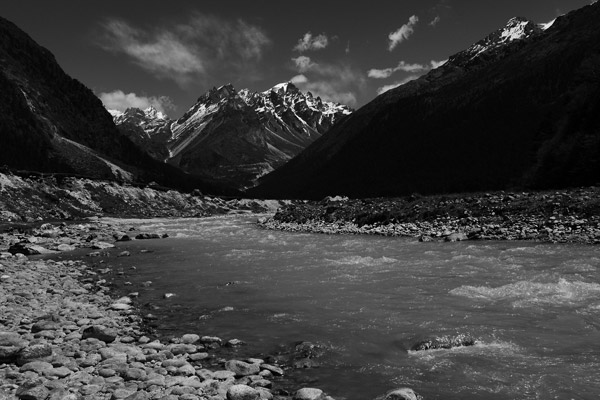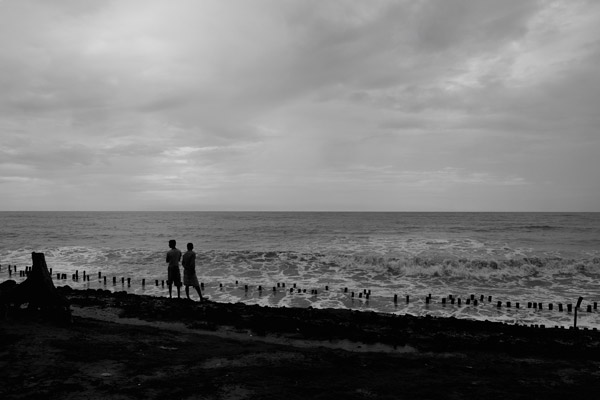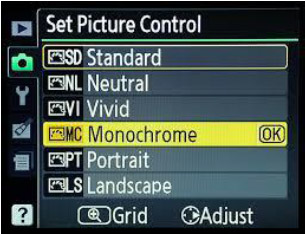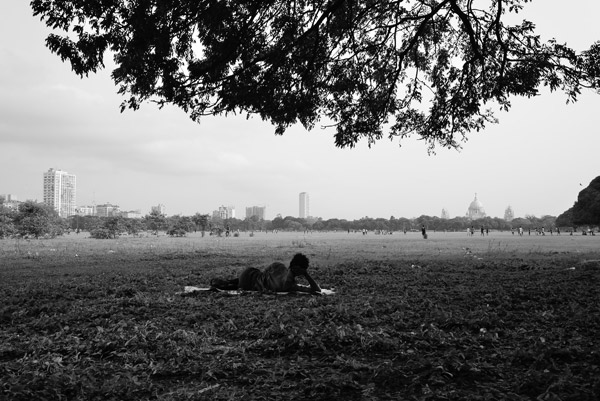By : Nikon School Blog | 16 Jun, 2015 |

Are colours distracting attention from an interesting subject? Or are the colours in your images not bringing out the forms and patterns as well as they originally looked?
For many budding photographers, shooting in monochrome is like trying to attain sainthood – getting into an area where the masters of the past have proven their class.
Why do monochrome images attract us, sometimes more than colour images ? Simply put, whereas colours in a scene attract us in their own way, at times these same colours can also distract the human mind and divert attention from where it should be.
Monochrome does not always mean black and white though the two terms are often used almost synonymously. We can use a single colour or tone throughout the frame to make it a monochrome.
Shooting monochrome is often trickier than shooting in colour as you need to train your eyes to identify a potential monochrome frame. Any image that looks good in colour may not look good in monochrome. Your eyes do not move around the frame based on the colours in the image. So, there are a few elements that can be carefully included while shooting in black and white, or monochrome.
Textures, lines, patterns and dramatic light :
Including interesting patterns, textures and leading lines into the image make them look dramatic, more so in monochrome. Shooting high contrast scenes with light coming from one direction, creating strong shadows is also a good option.
Clouds, Mists, Fog, Haze:
If you see heavy clouds creating beautiful textures in the sky, you can shoot in monochrome to create a fascinating image. Mists, fog and haze cut out most of the colour in nature, making everything look soft and romantic, but the lack of saturation may make the image look dull. This softness can be well captured in monochrome. So, next time the day is cloudy or foggy, try experimenting with monochrome.

Portraits, silhouettes, and shadows: The expressions and moods in portraits are often reflected best in black and white as the features get highlighted more than in colour photos. Similarly, silhouettes and shadows are better captured in monochrome as the contrast adds to the story.
Whichever way you choose to shoot monochrome, always try to shoot the image in RAW format as it will retain every bit of the information about the image and let you edit it whenever required. This way, even if the monochrome is not to your liking, you can always get back the colours if needed.

Nikon D-SLRs offer a monochrome picture control where you can customise parameters like contrast, sharpness, toning, etc.
Shooting monochrome images greatly enhances a photographer's portfolio. Carefully selected monochrome images can earn you respect as photographer, much like the masters we all love to follow.
